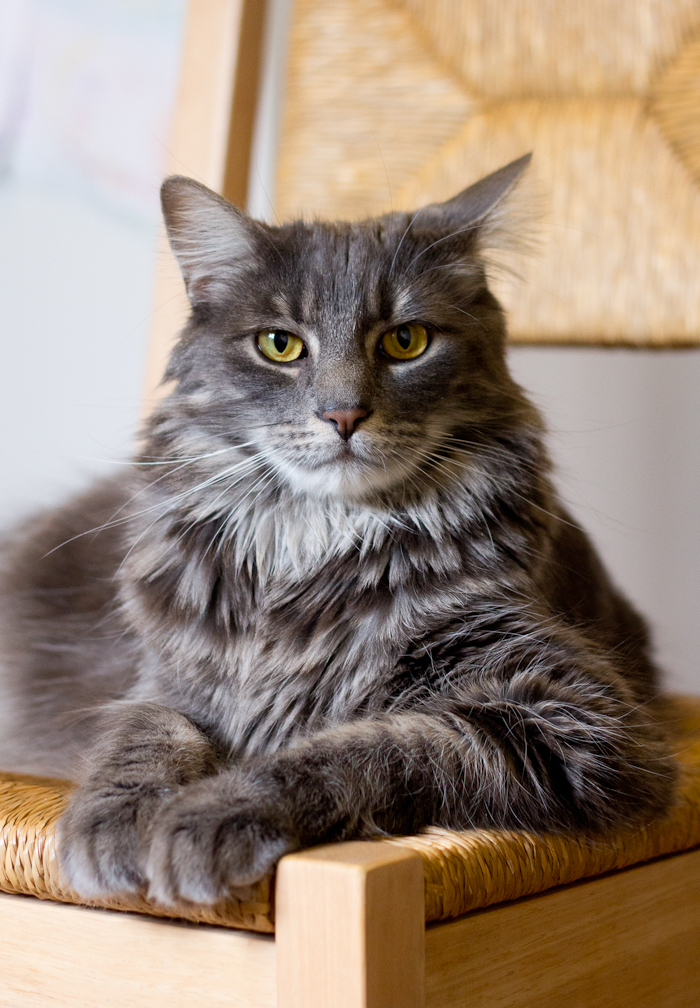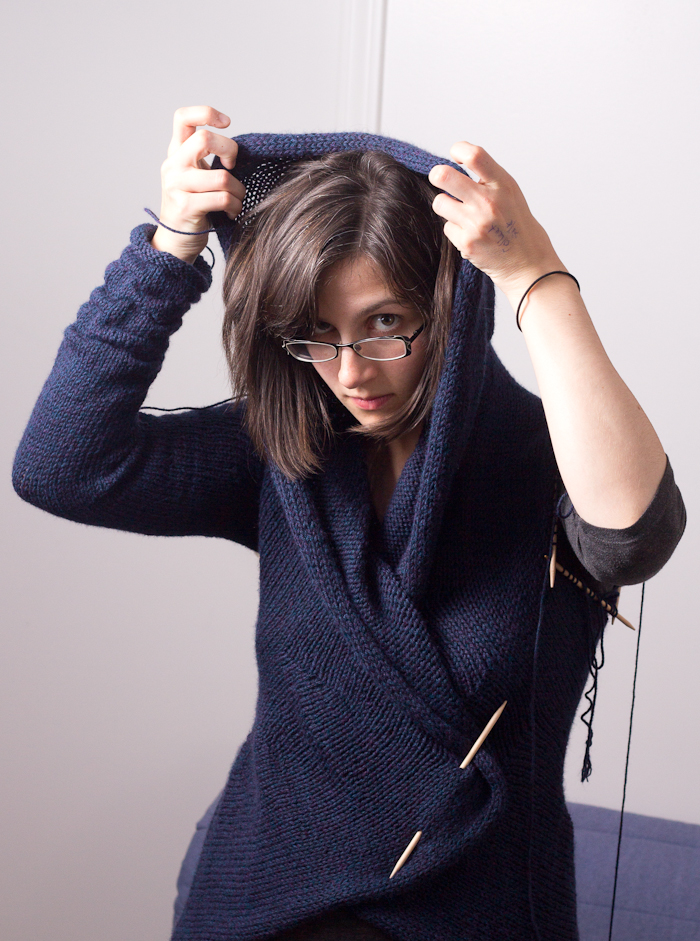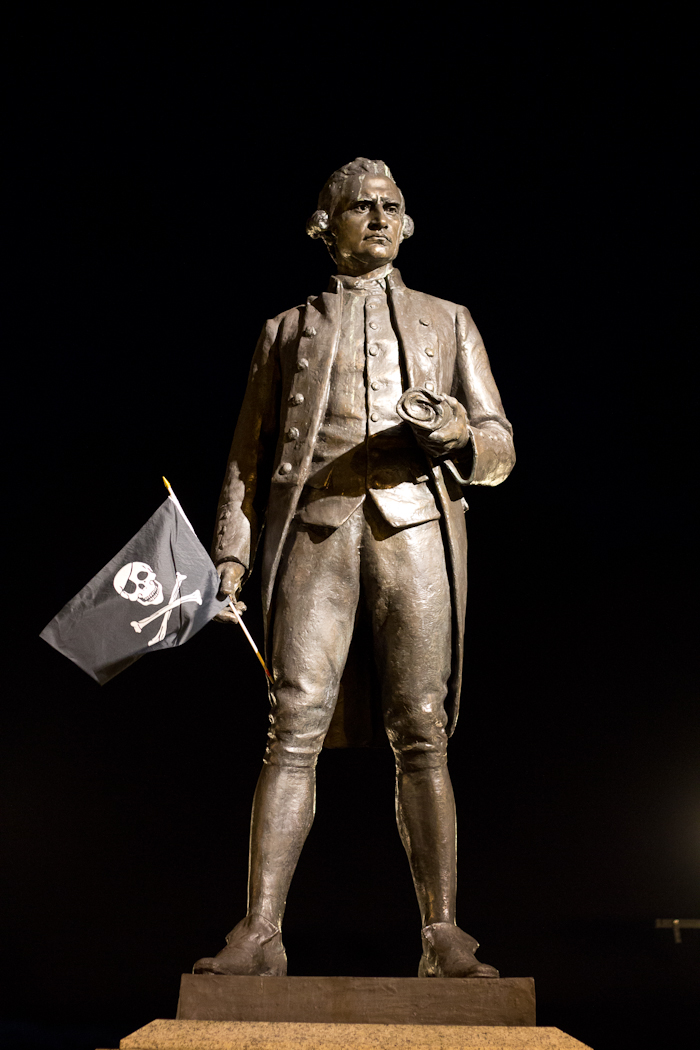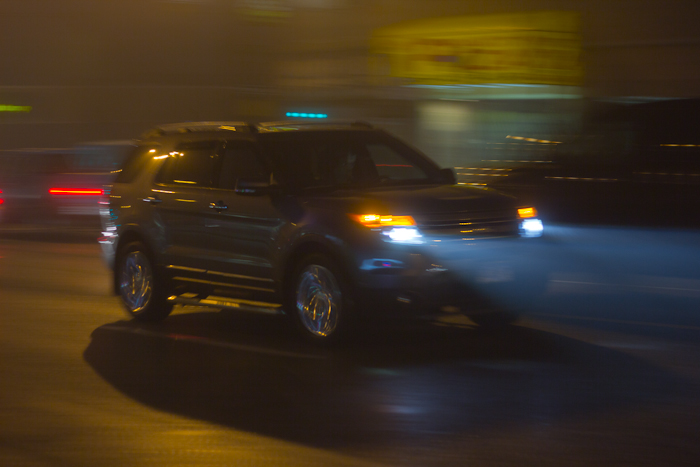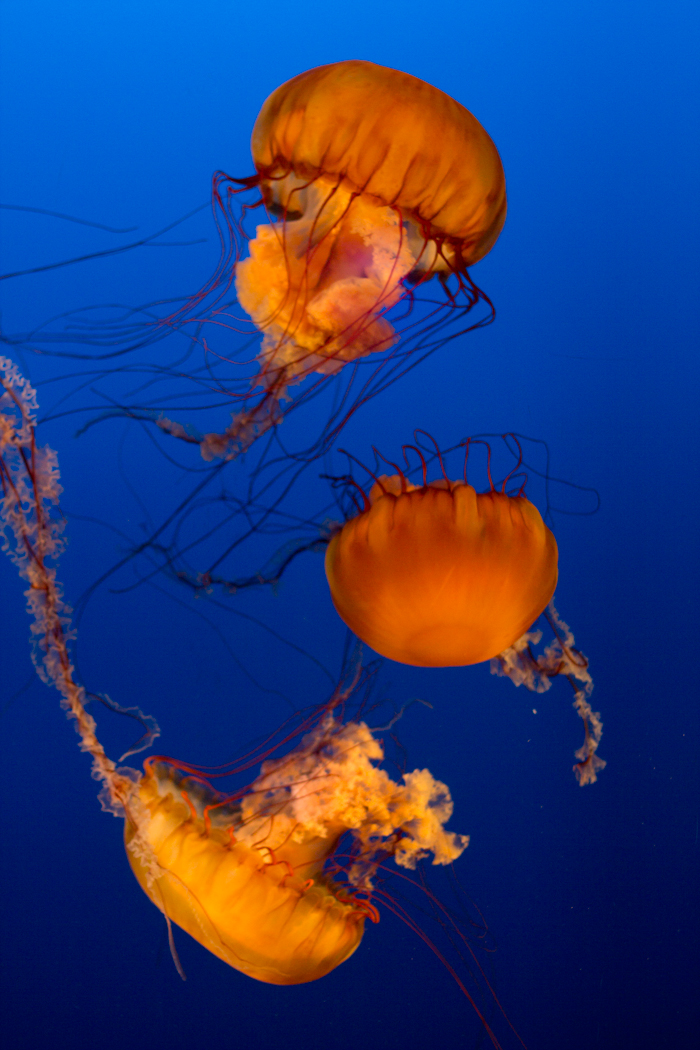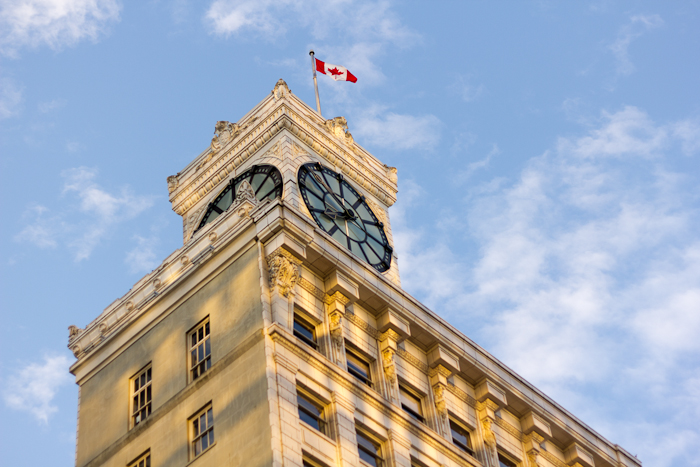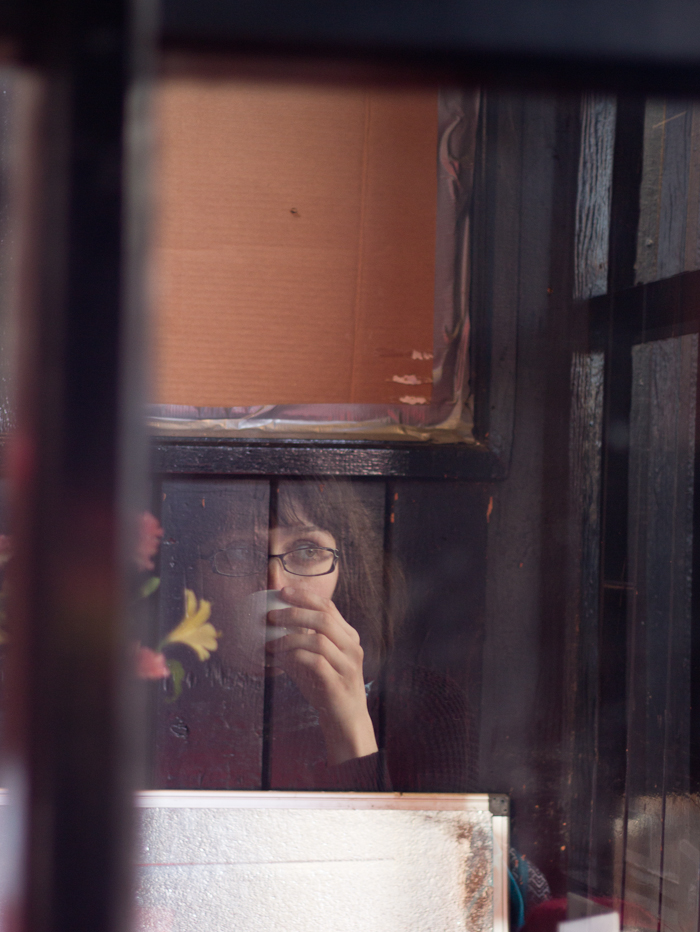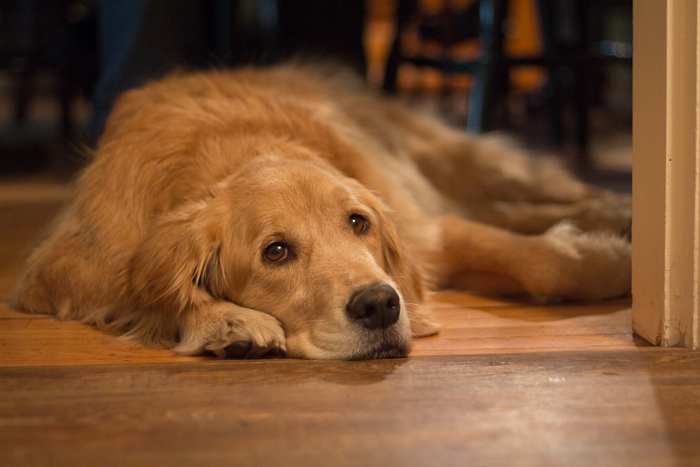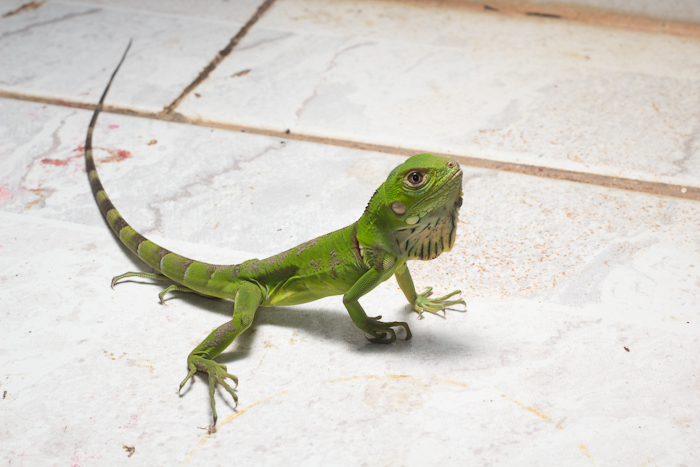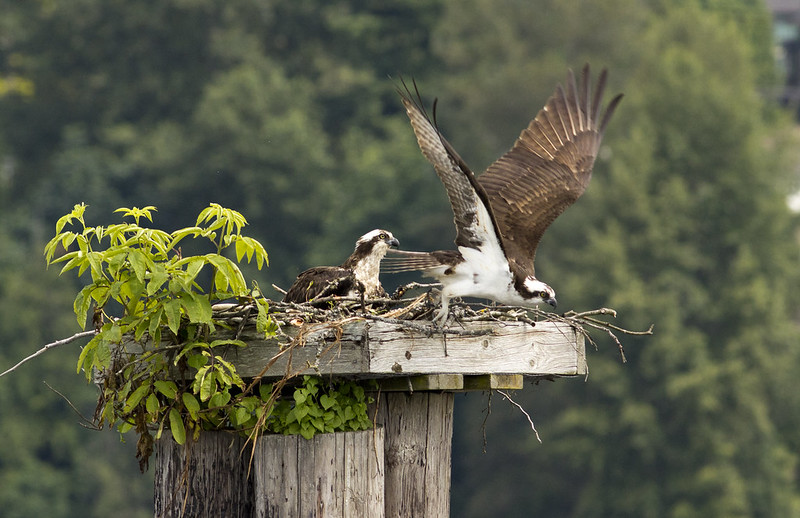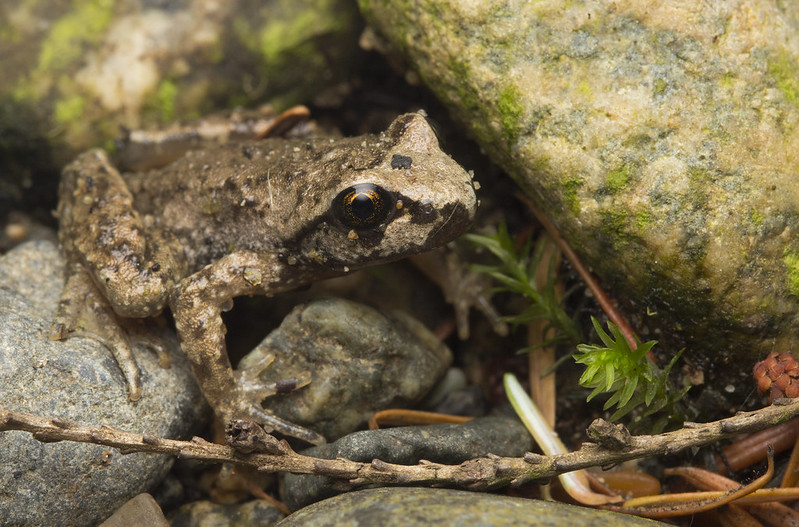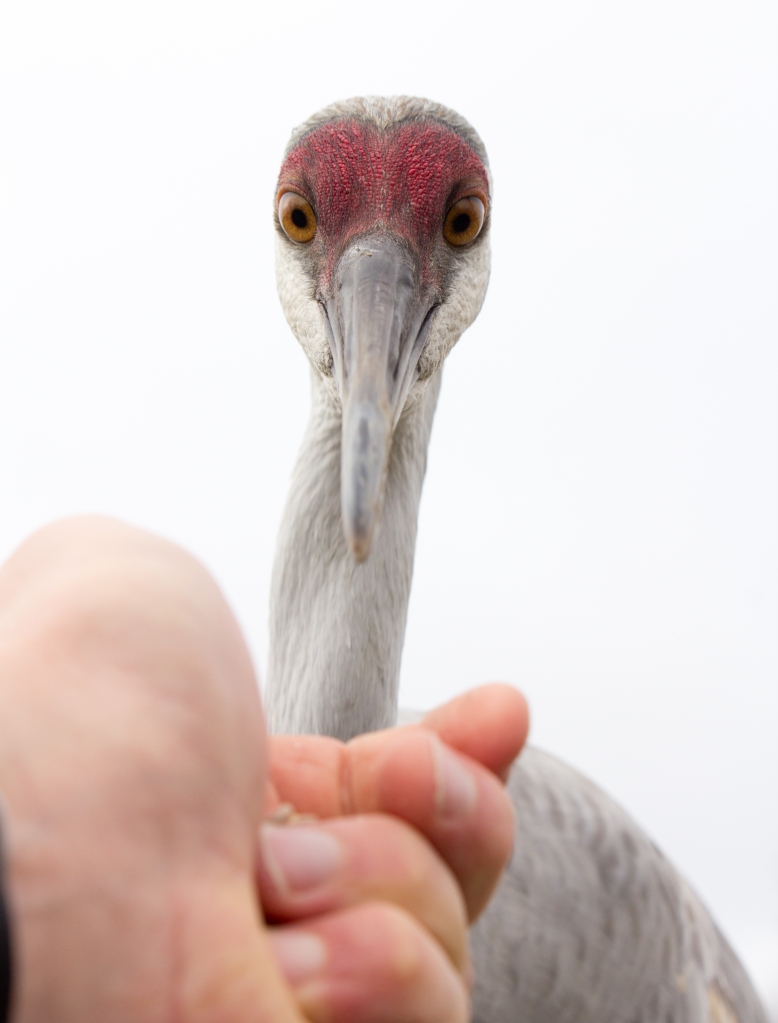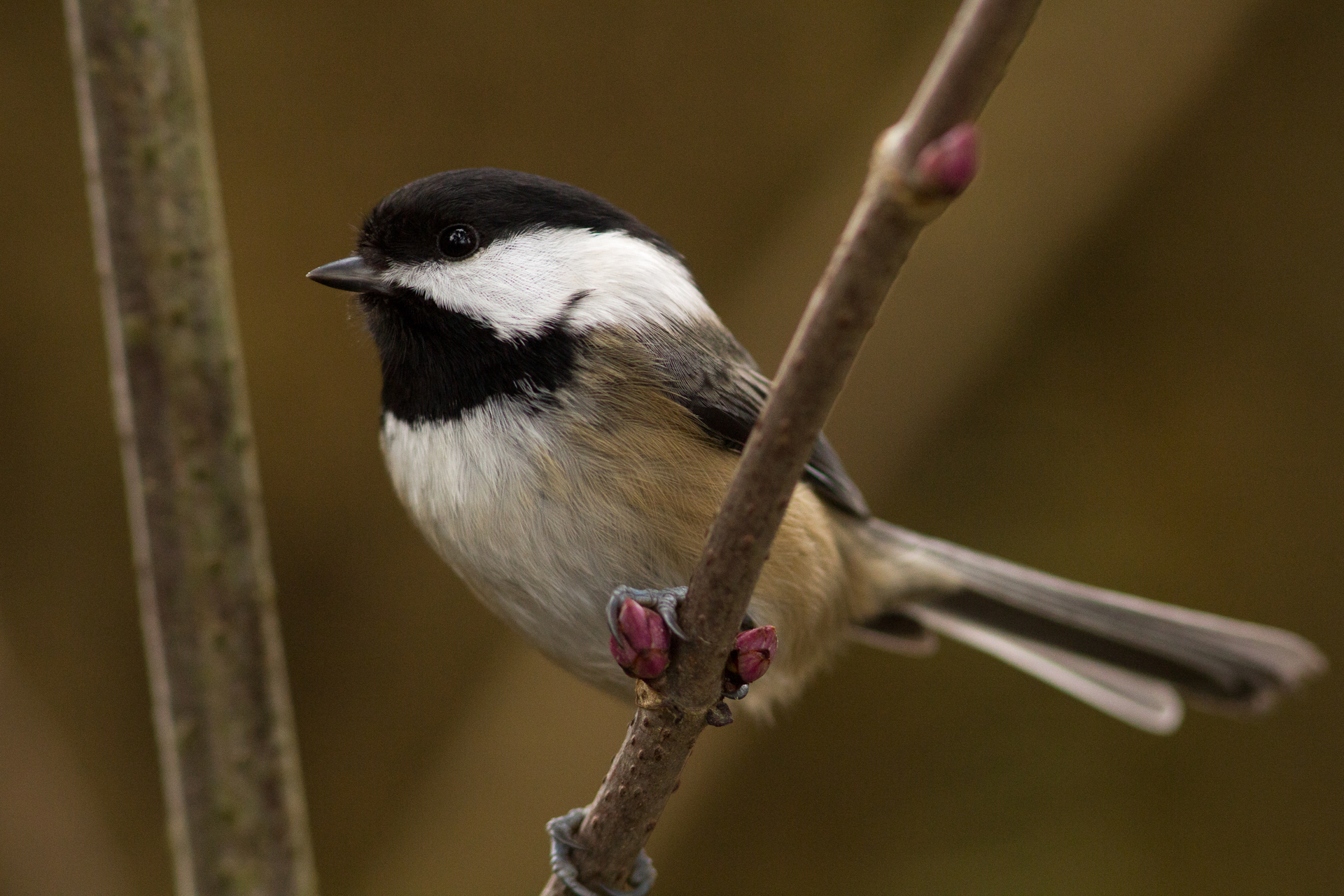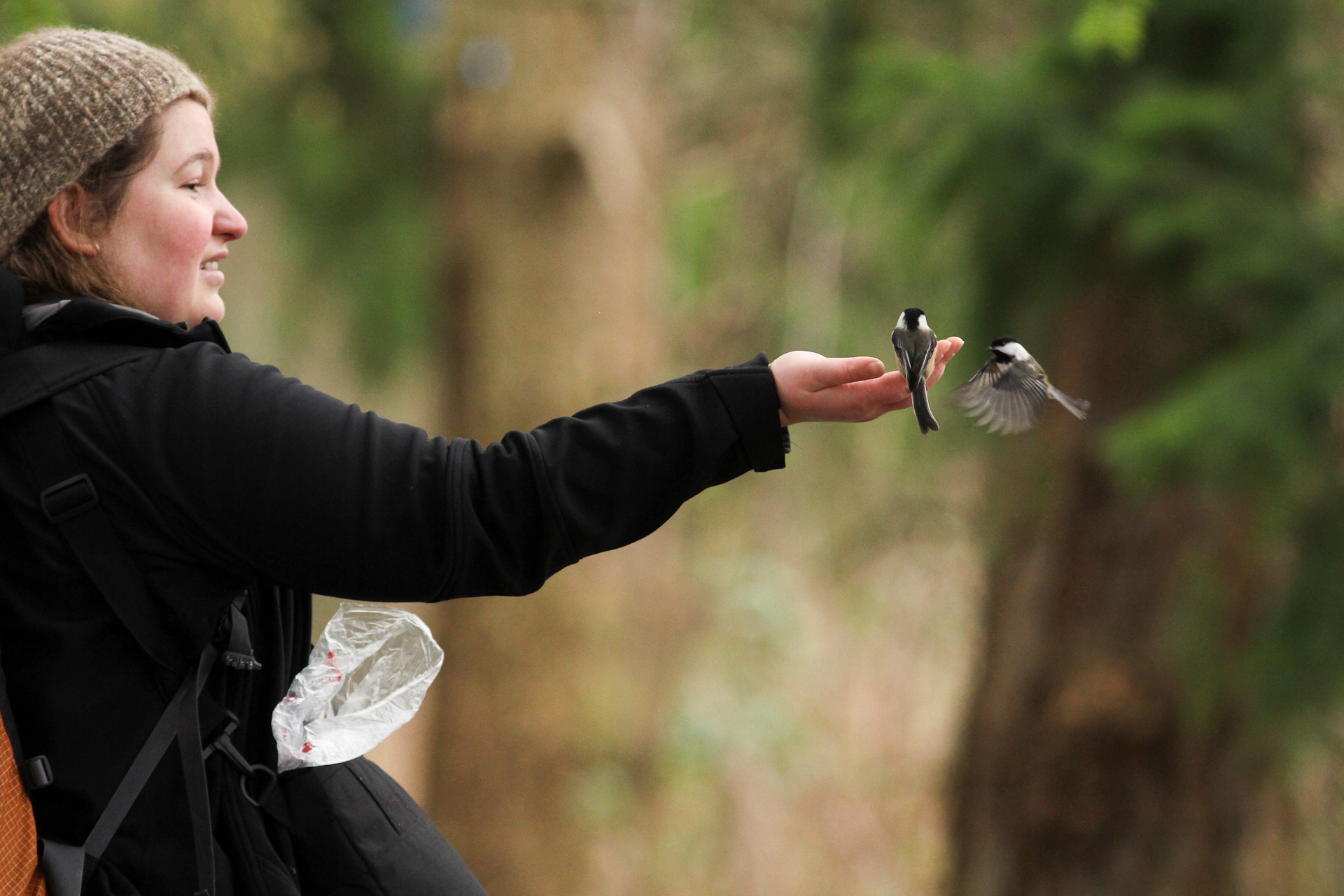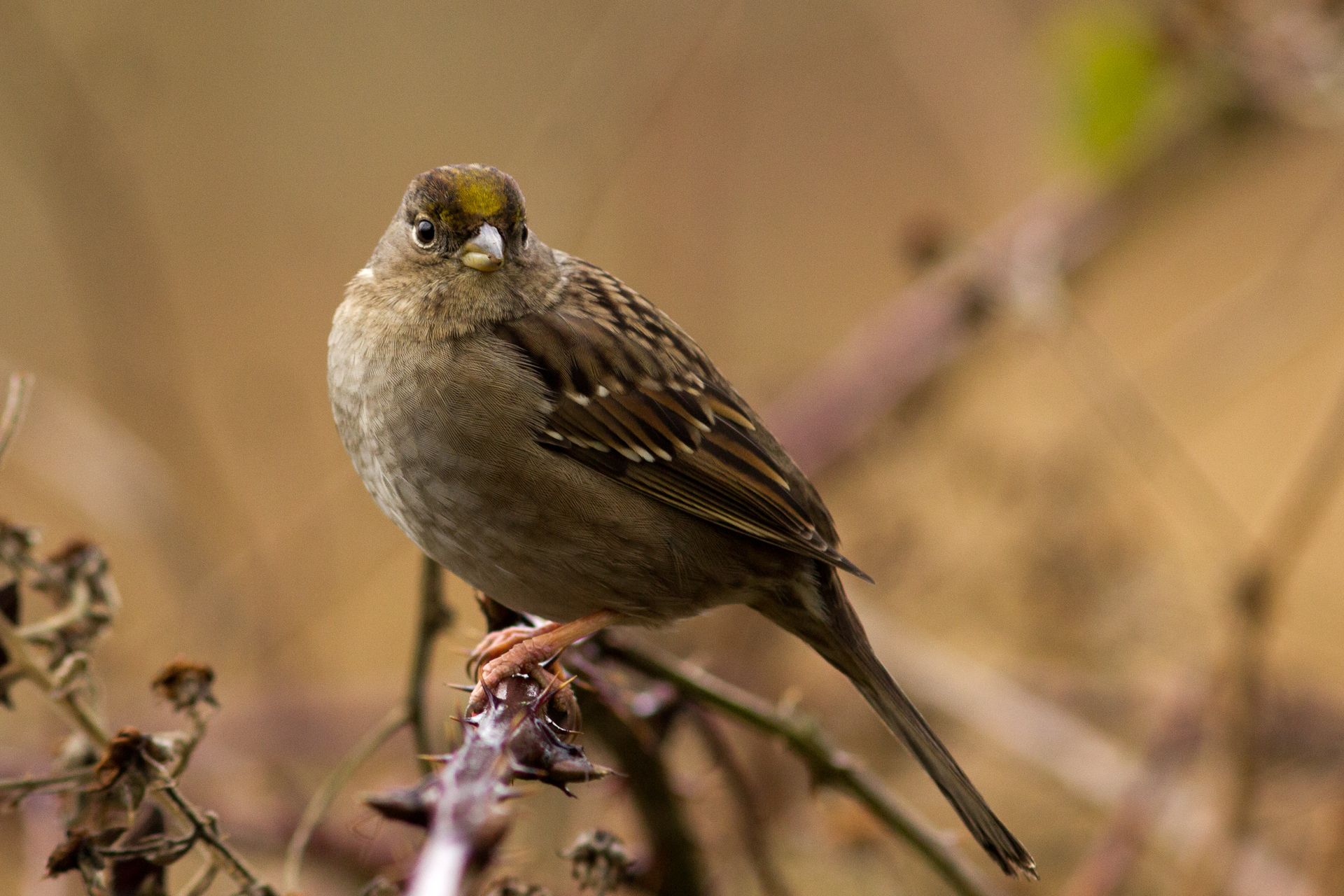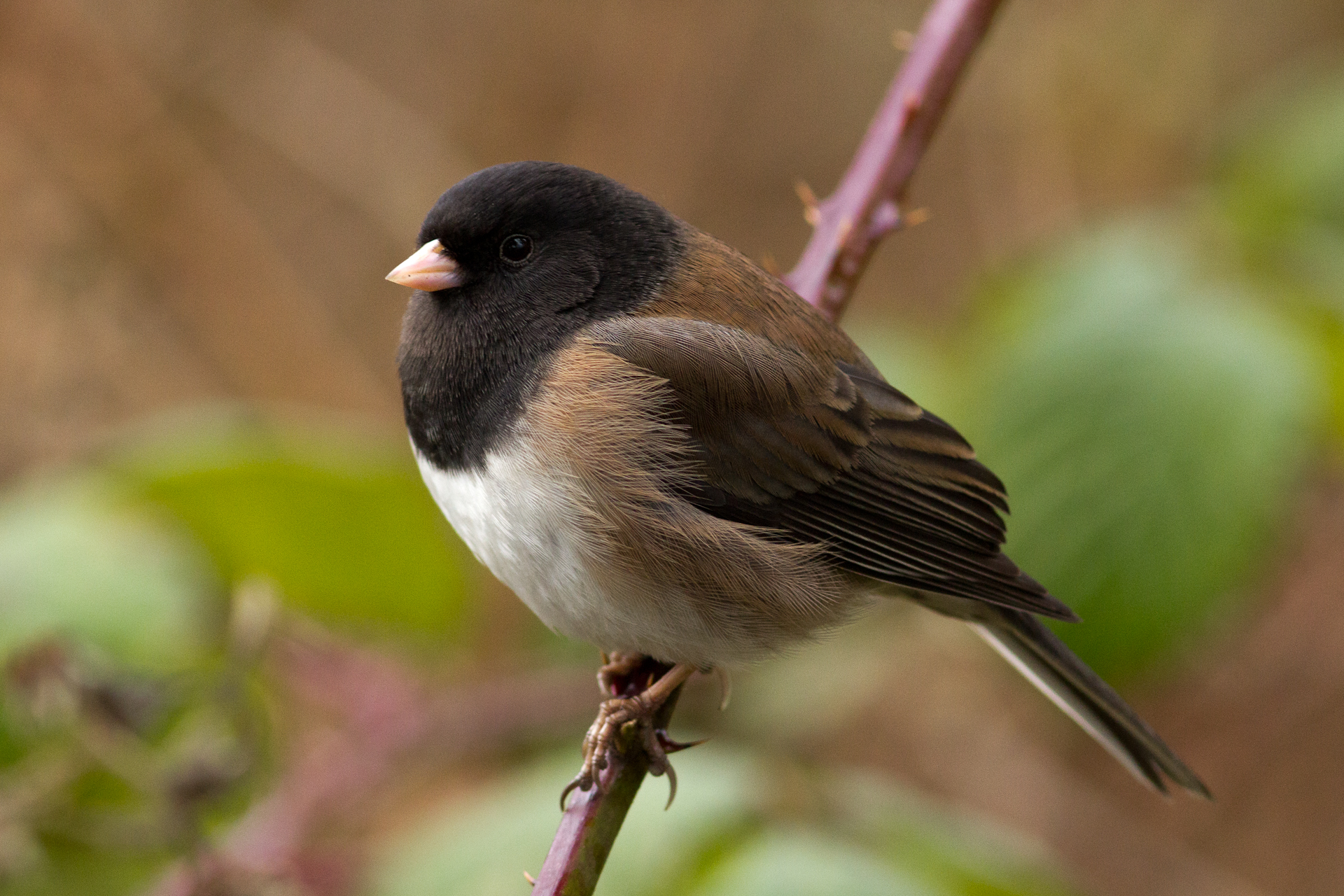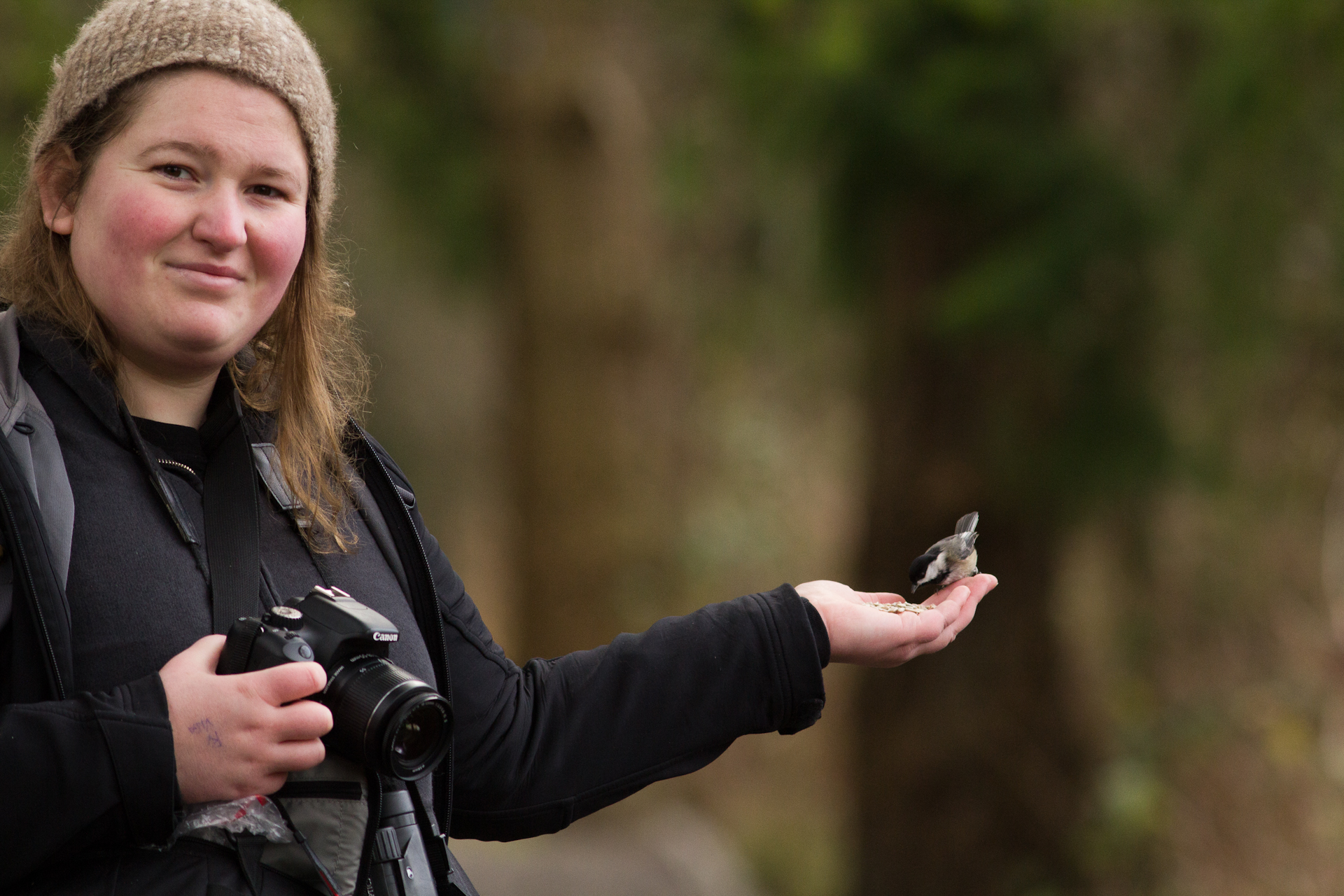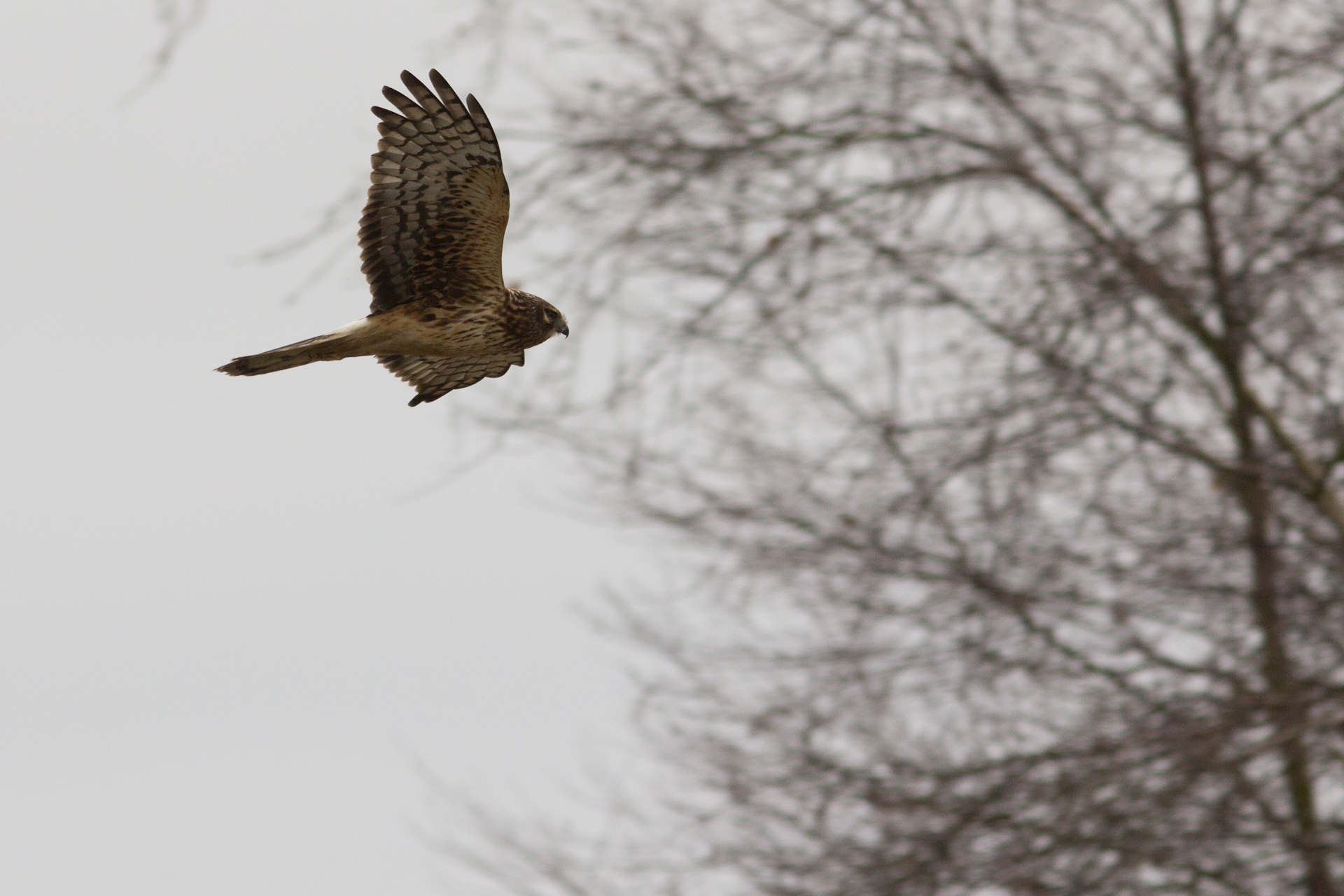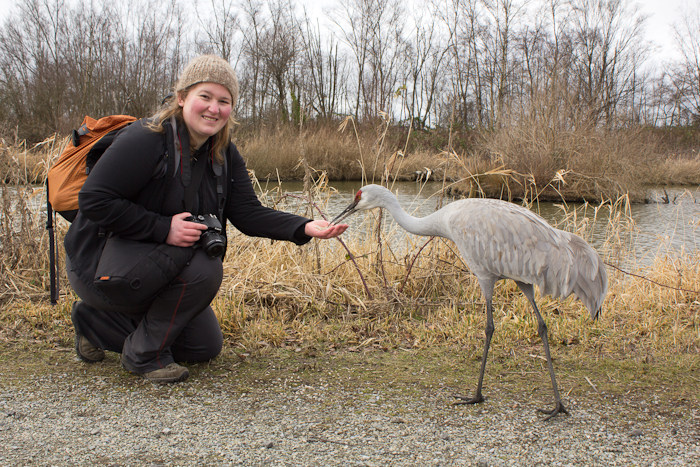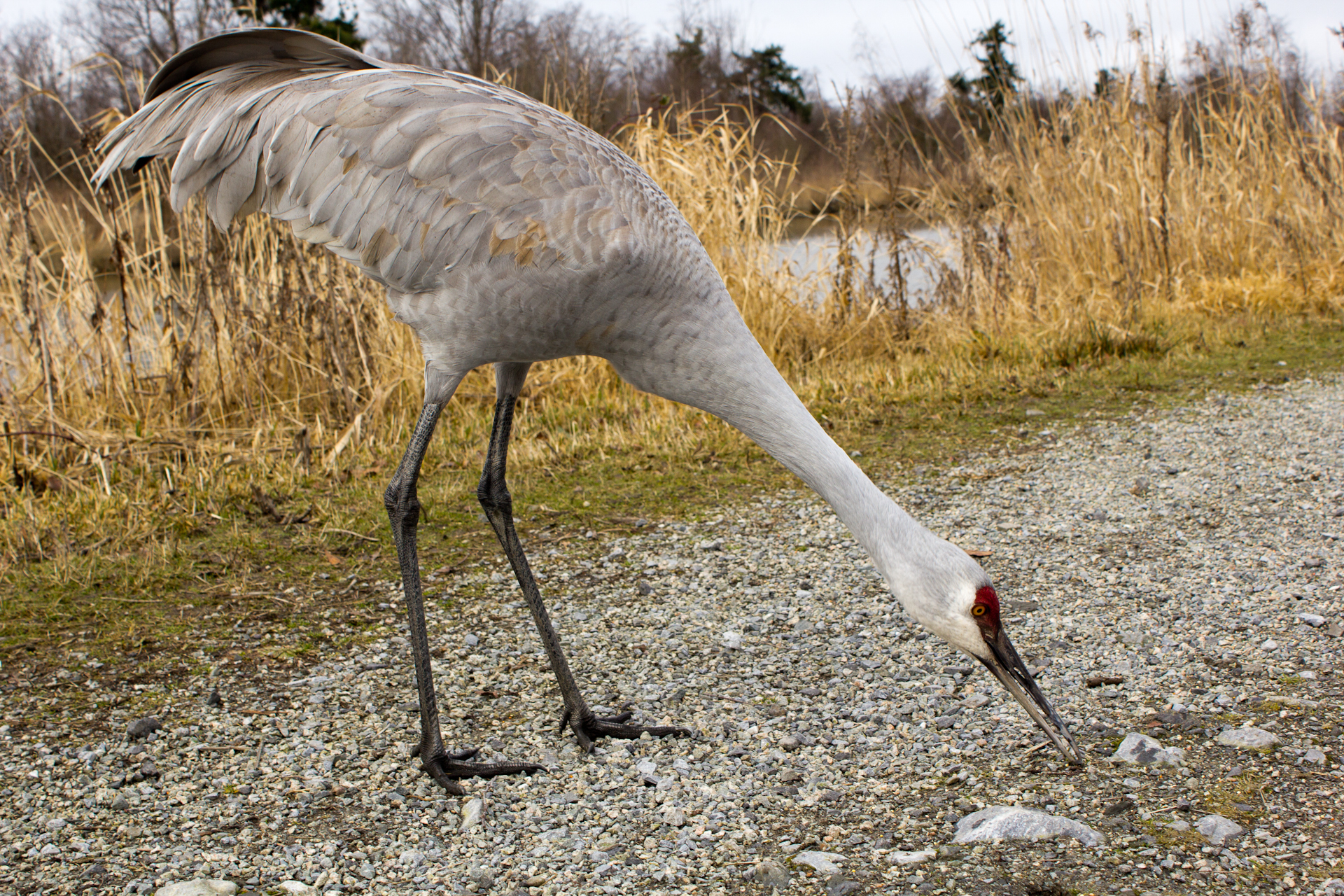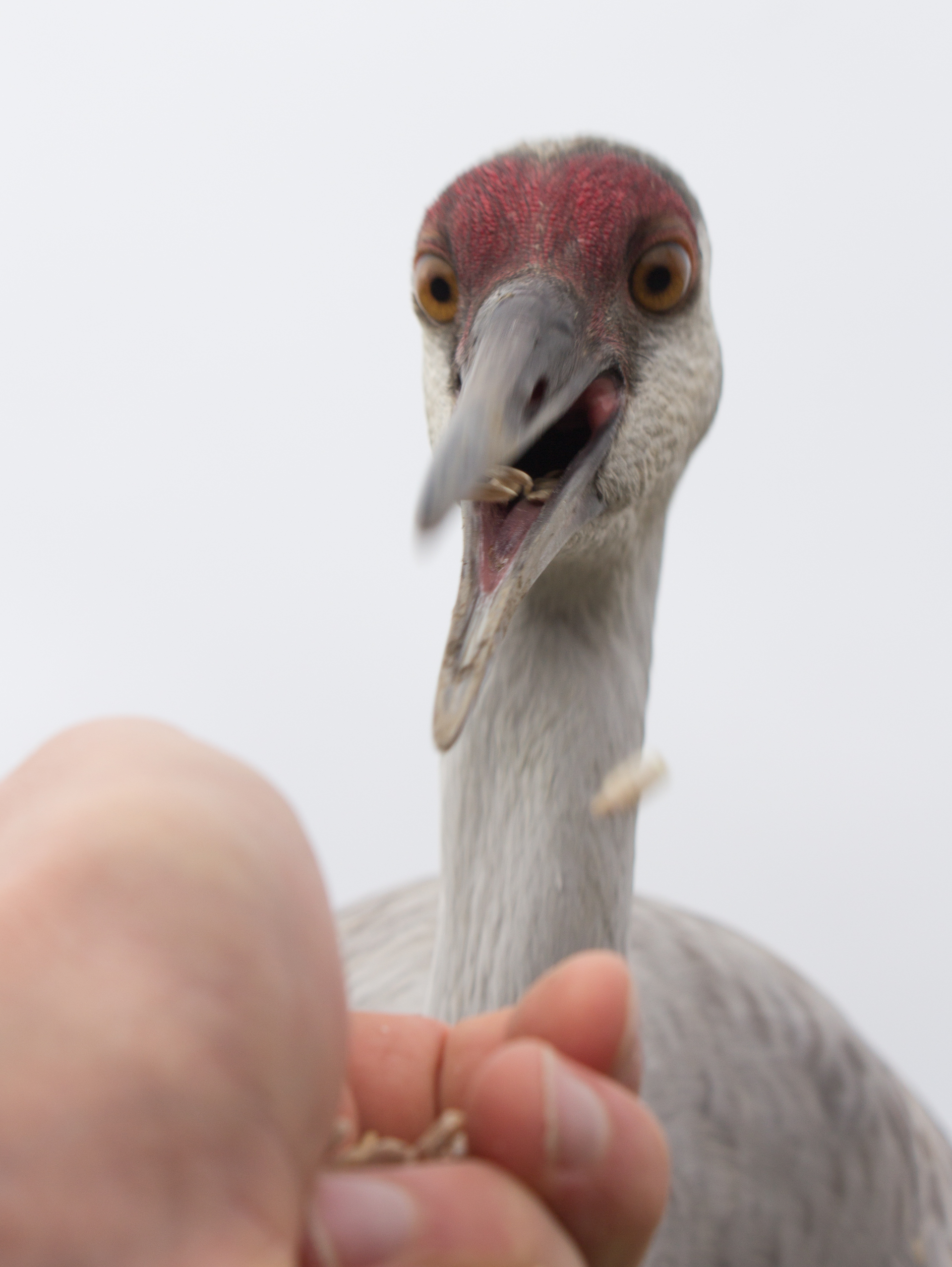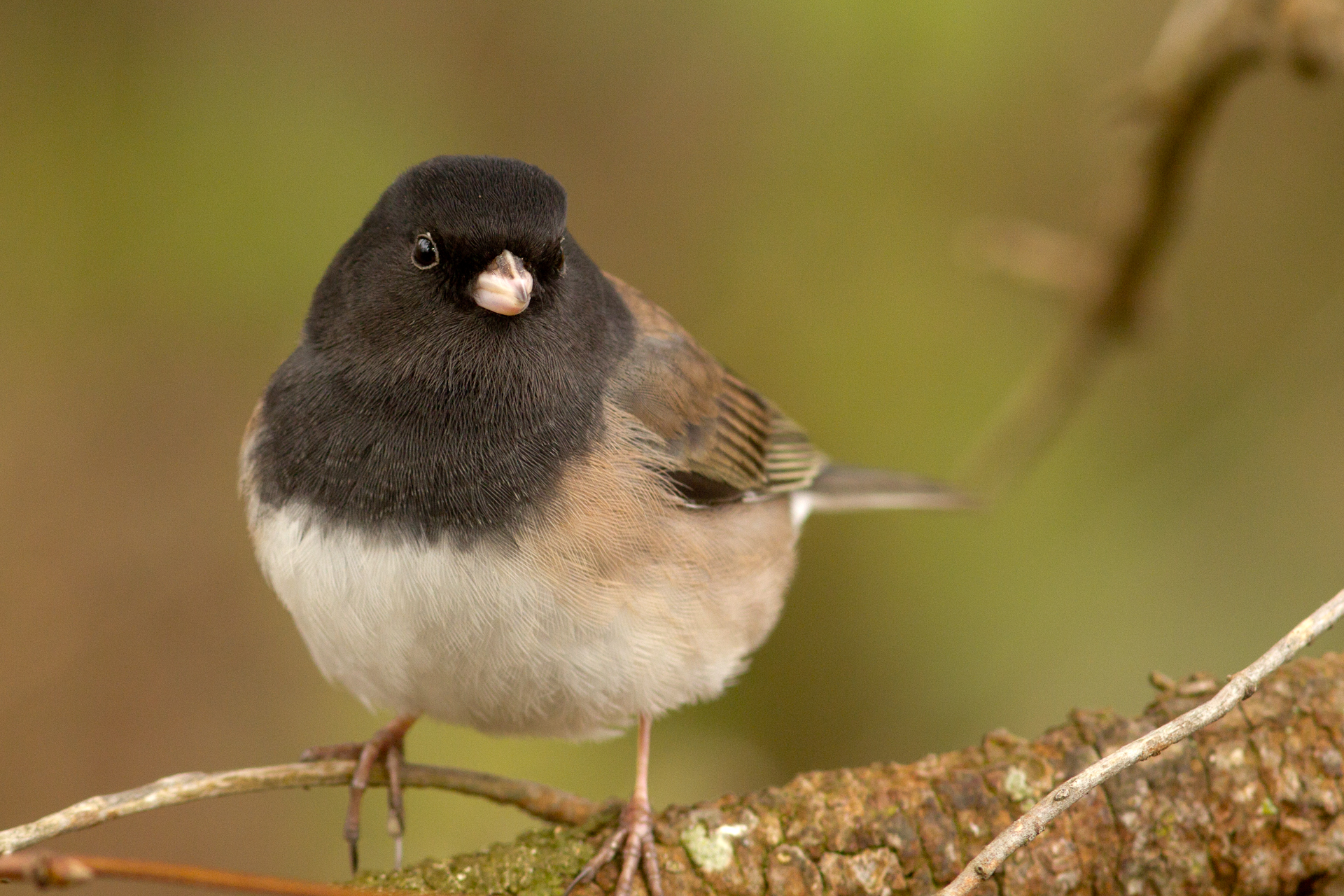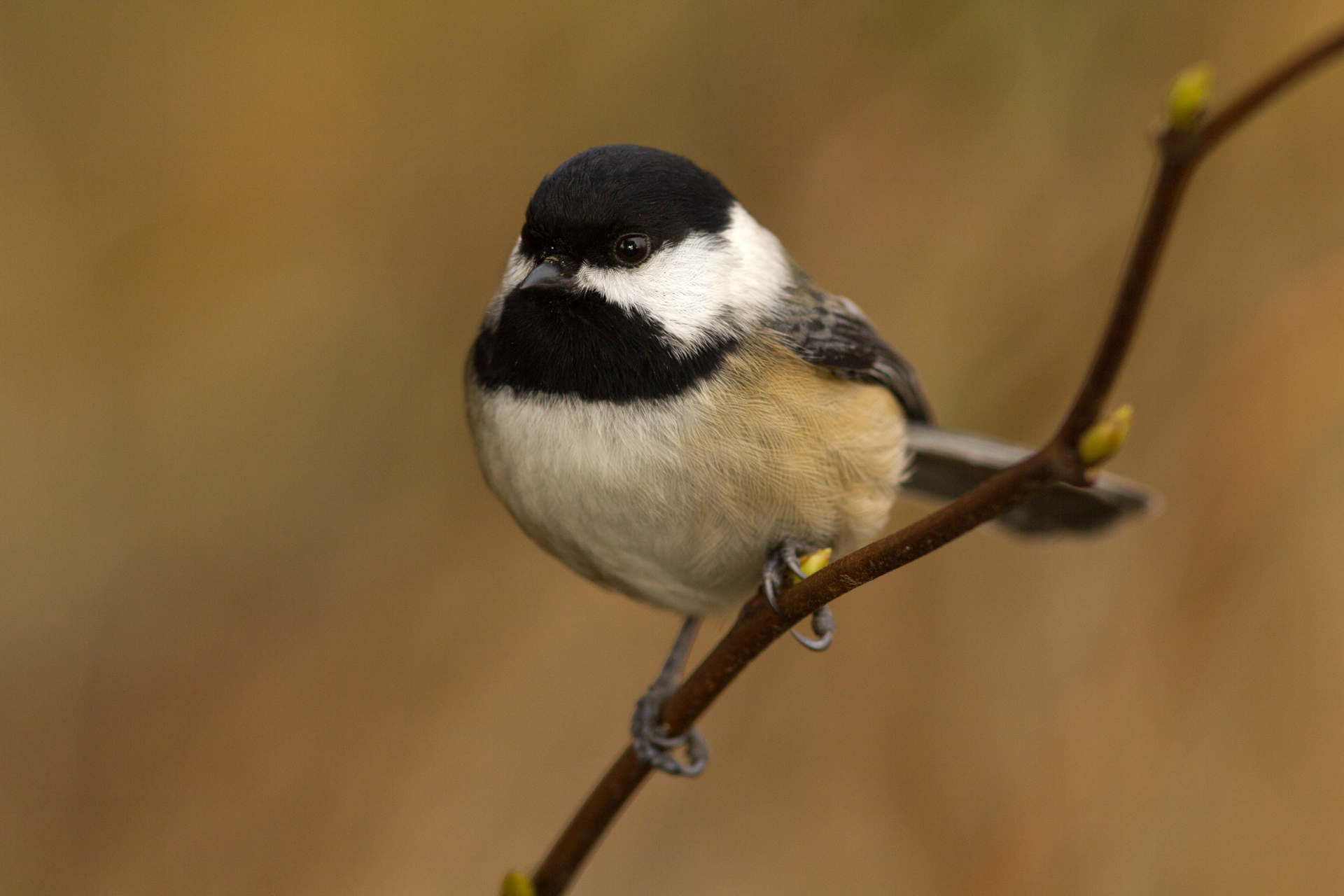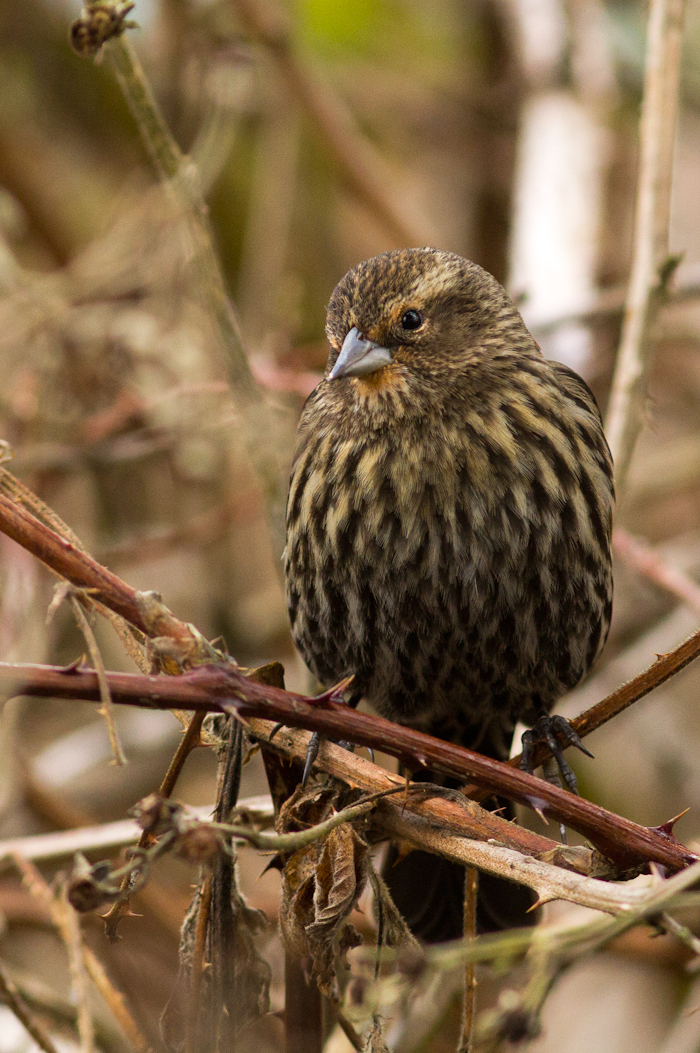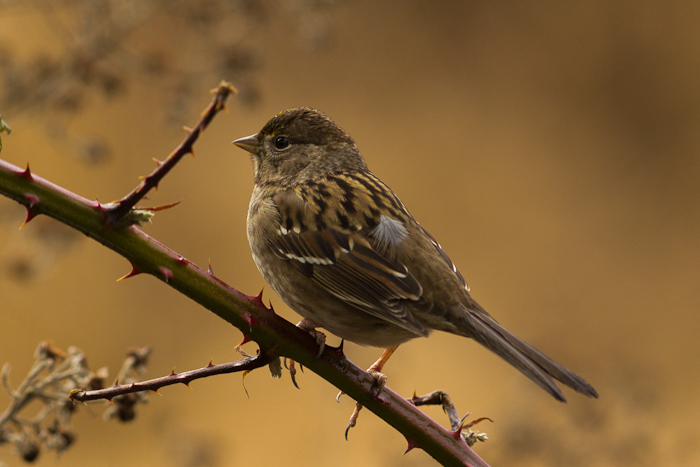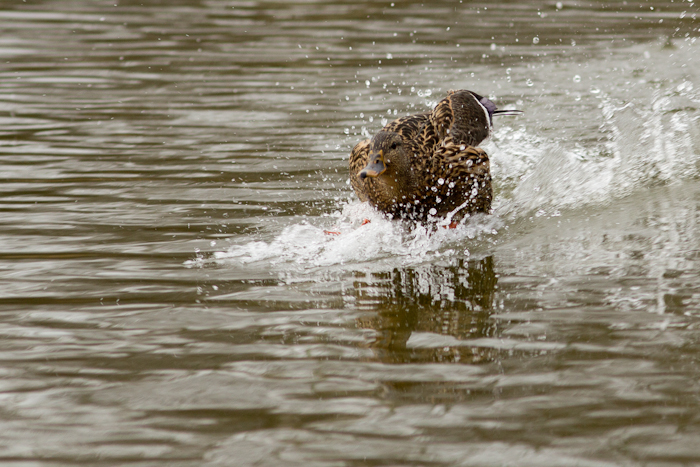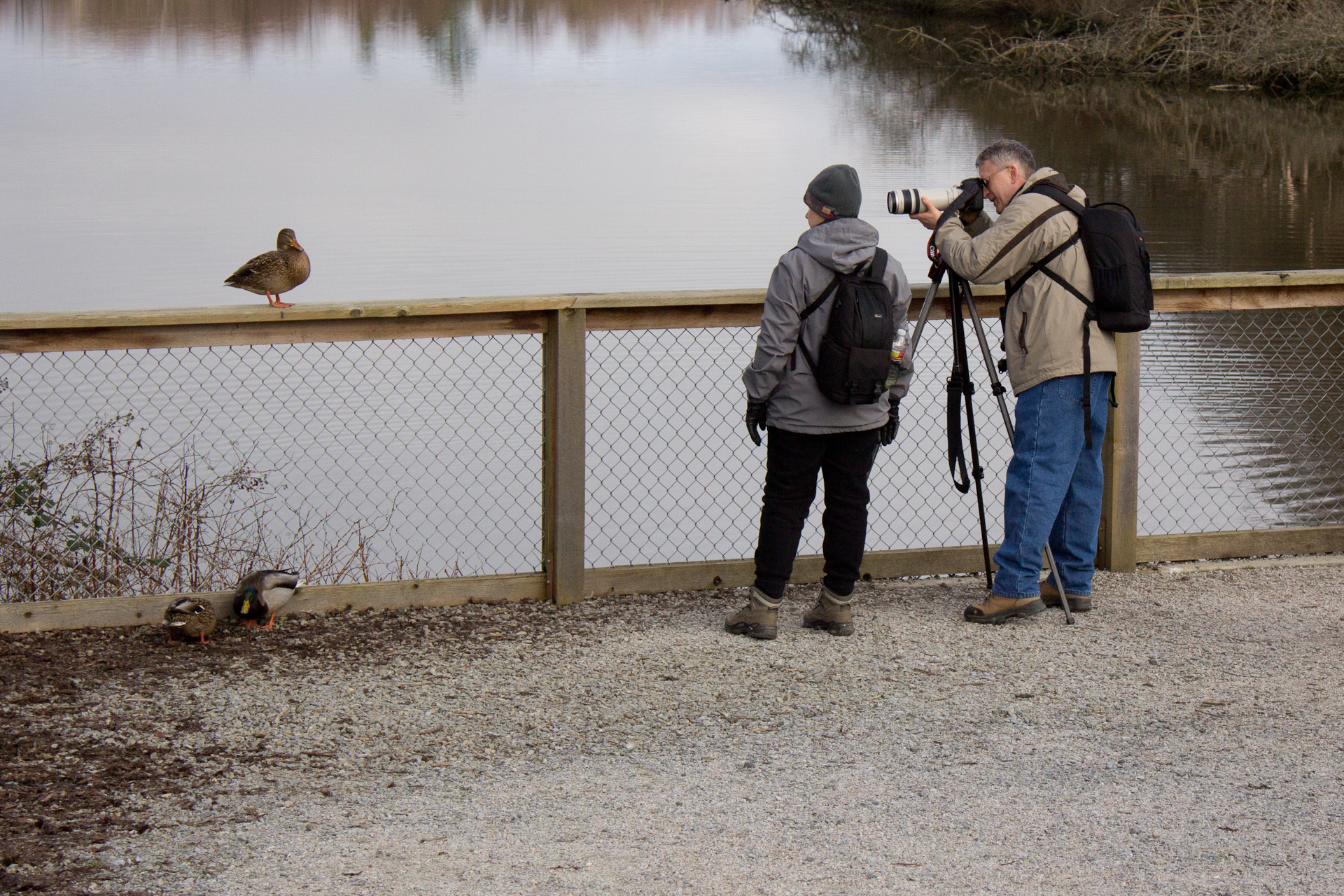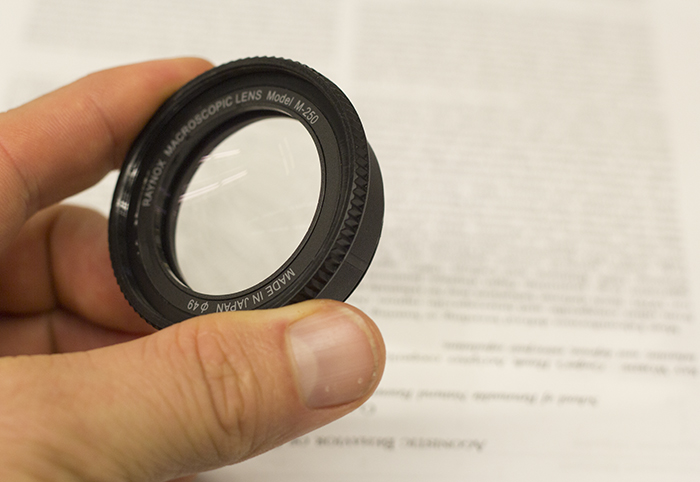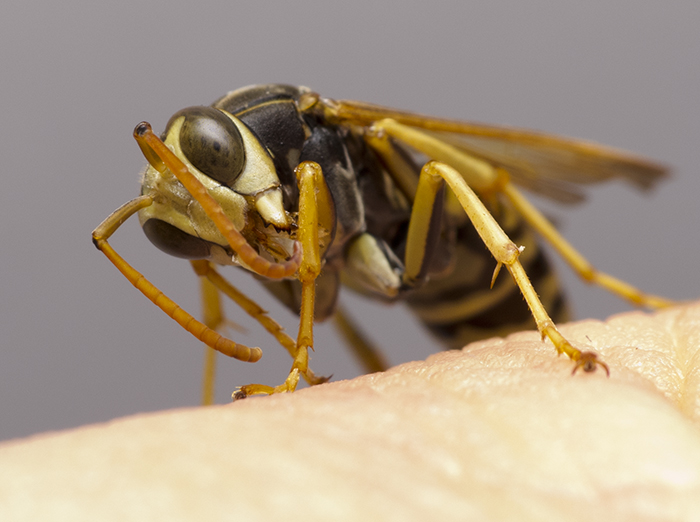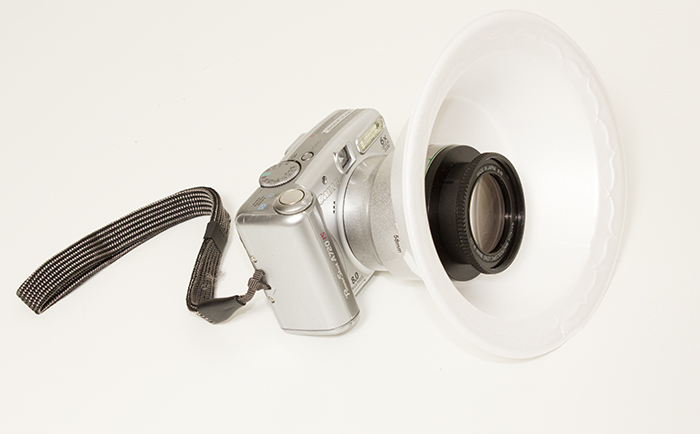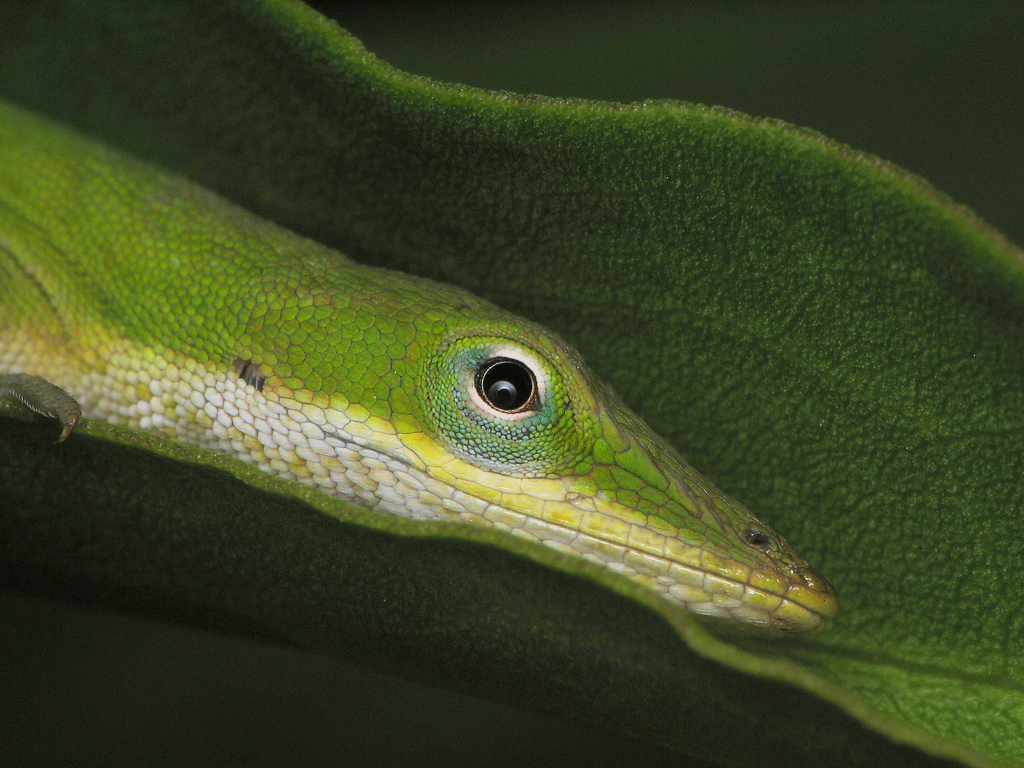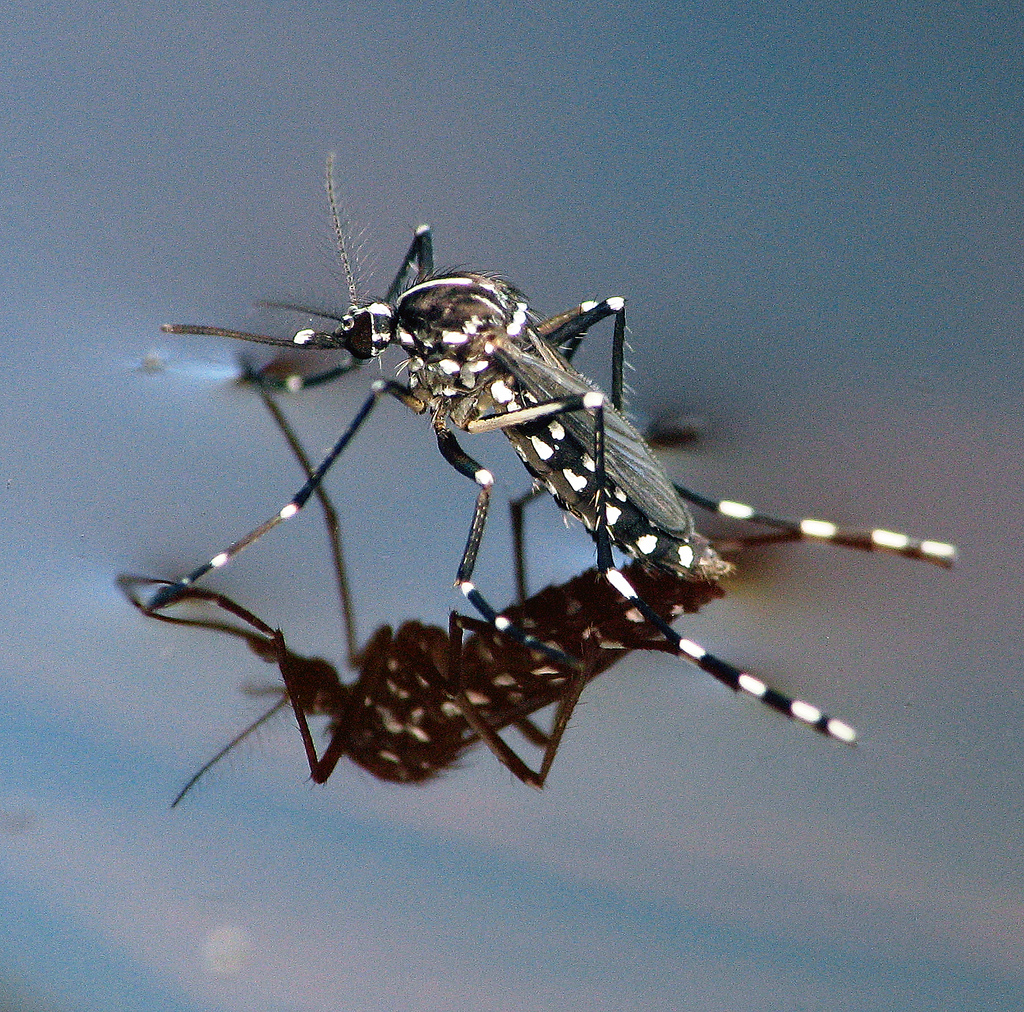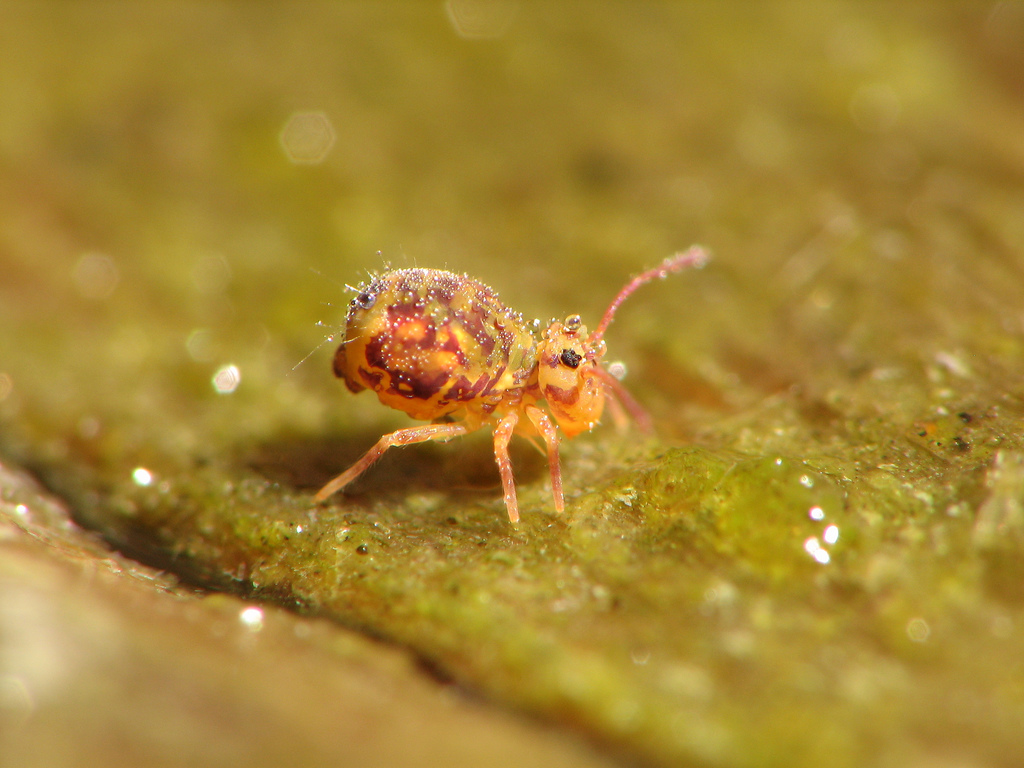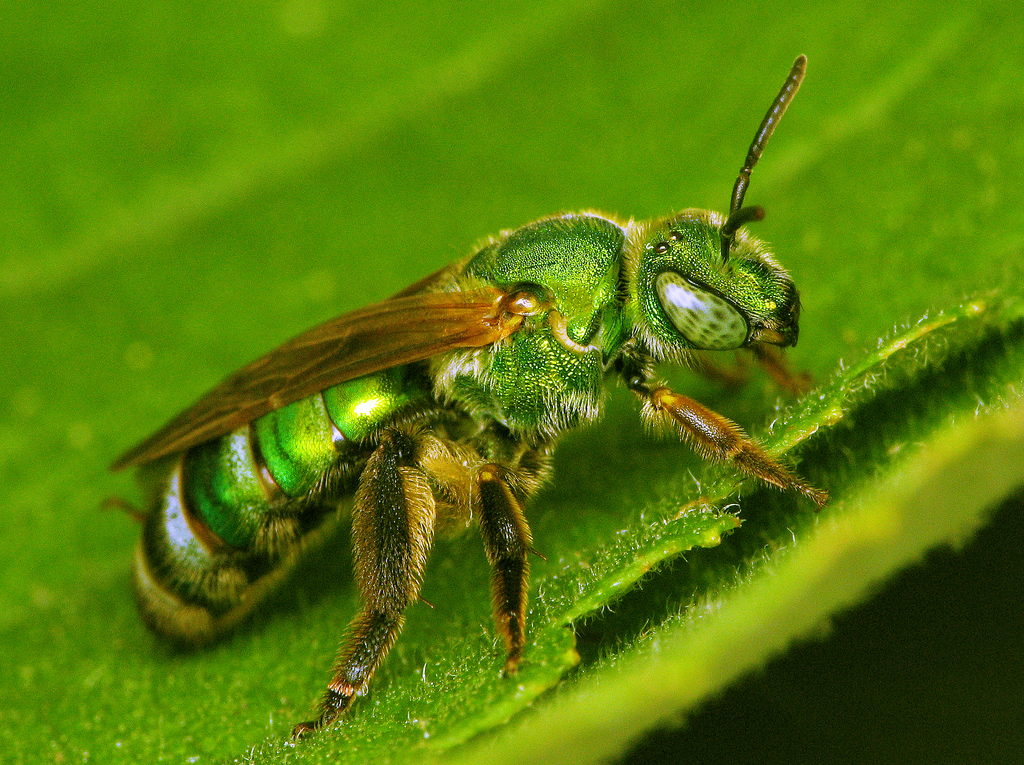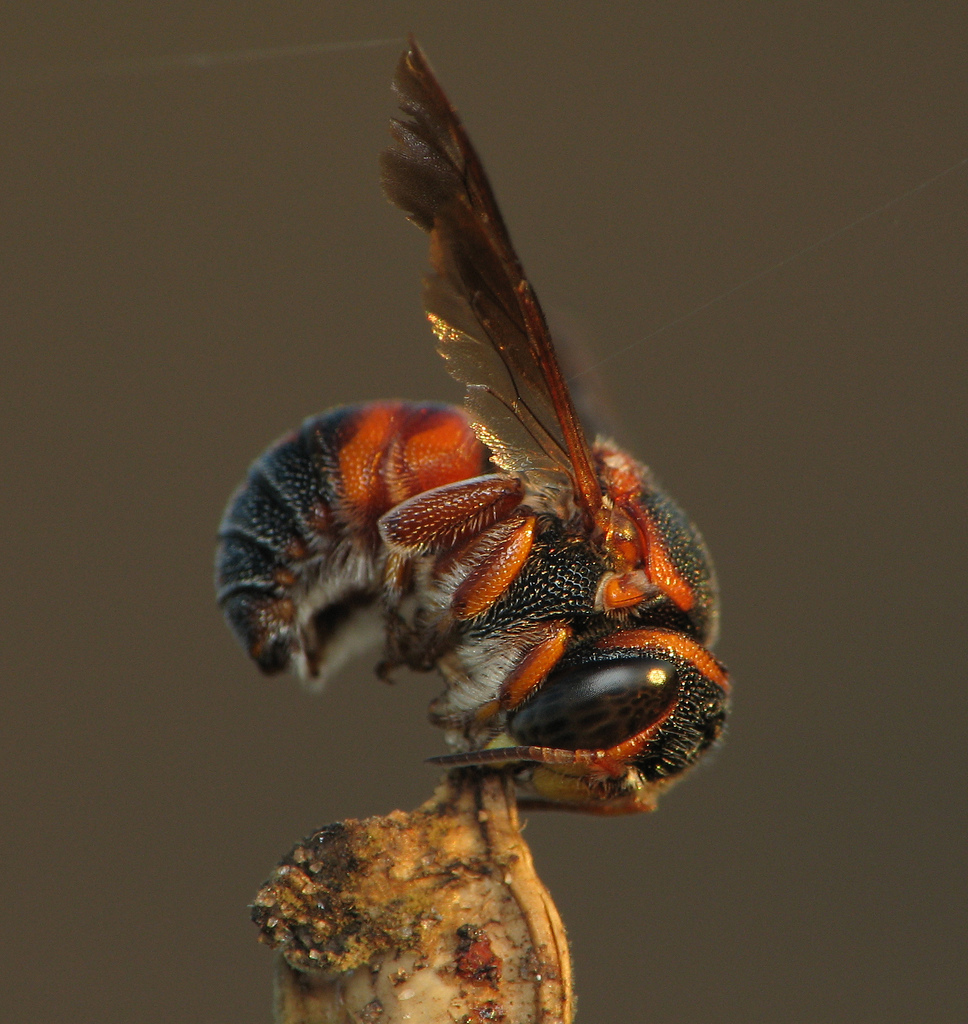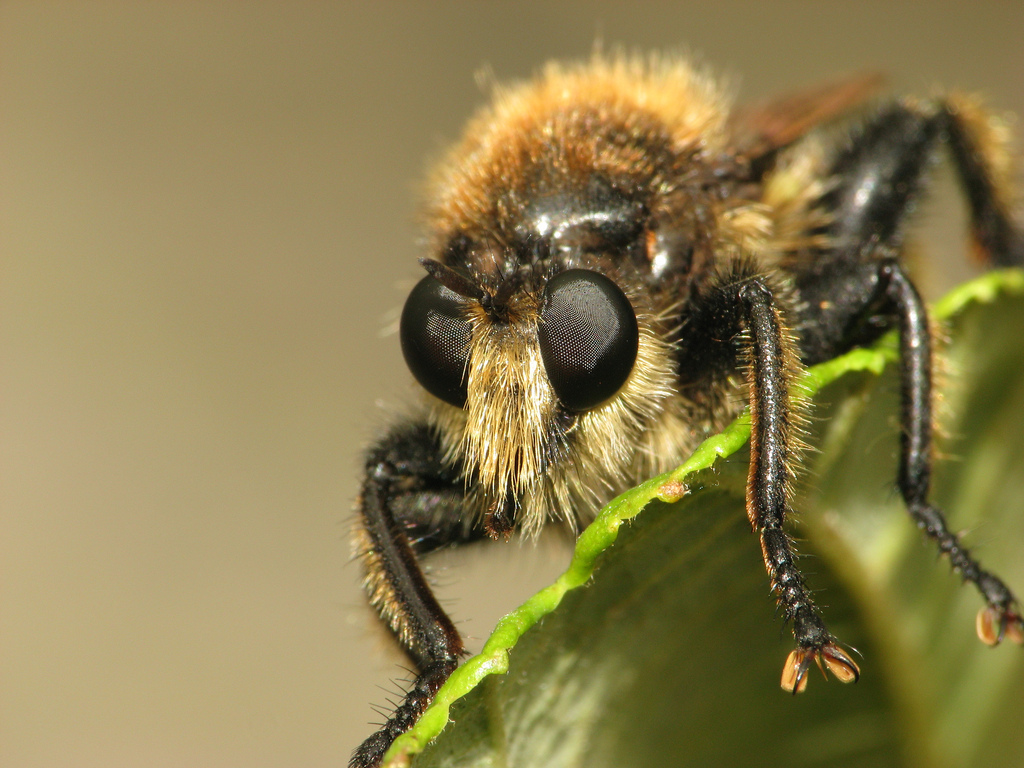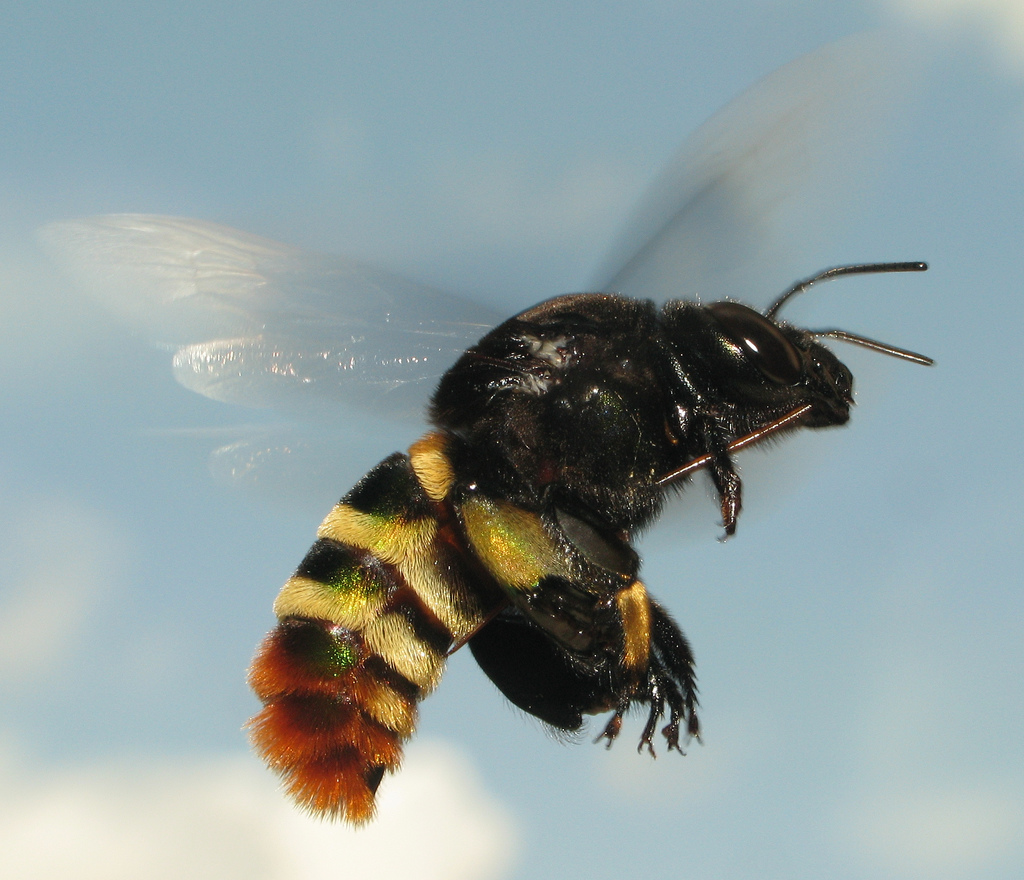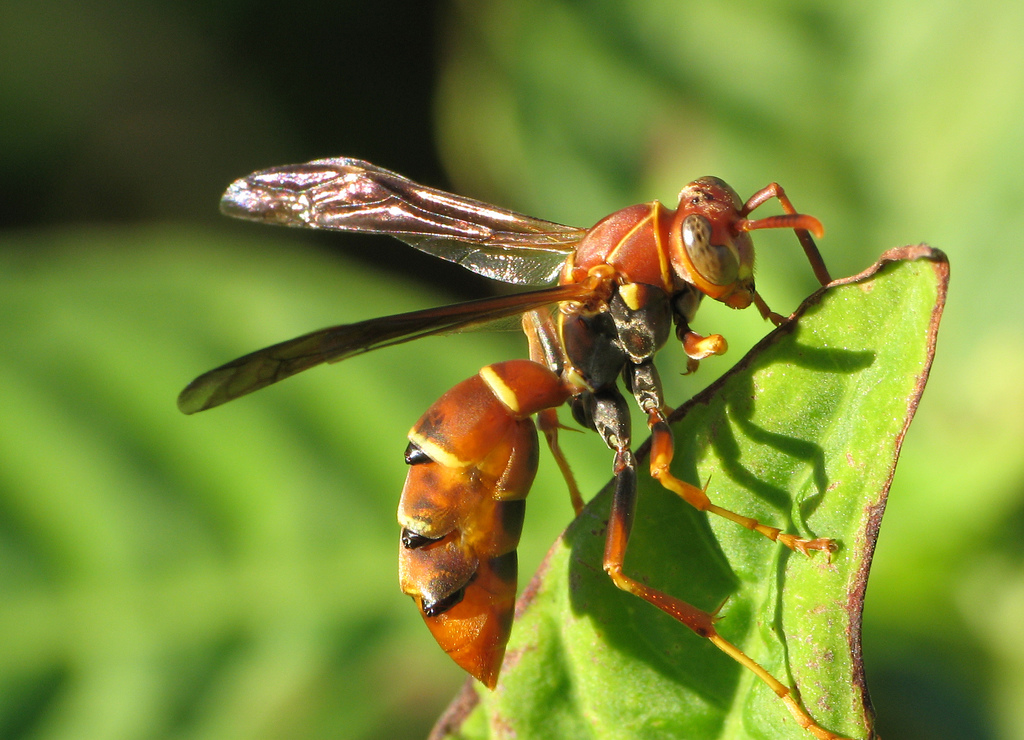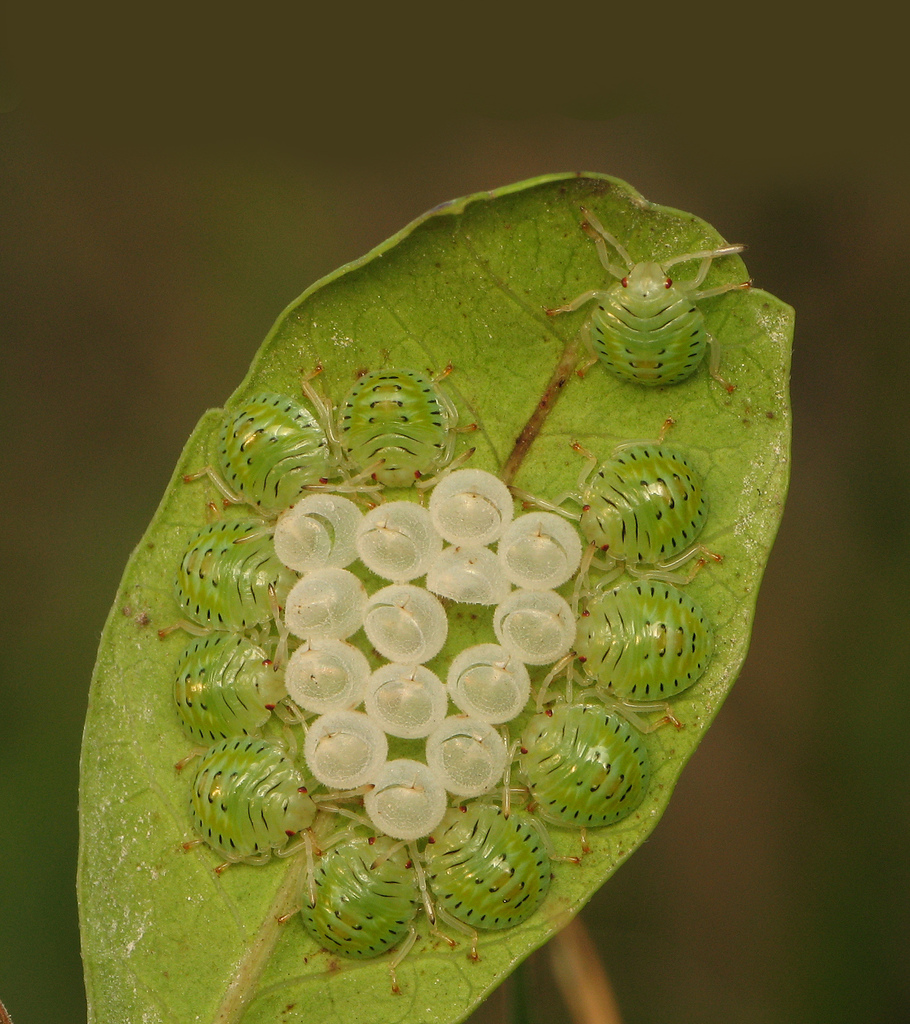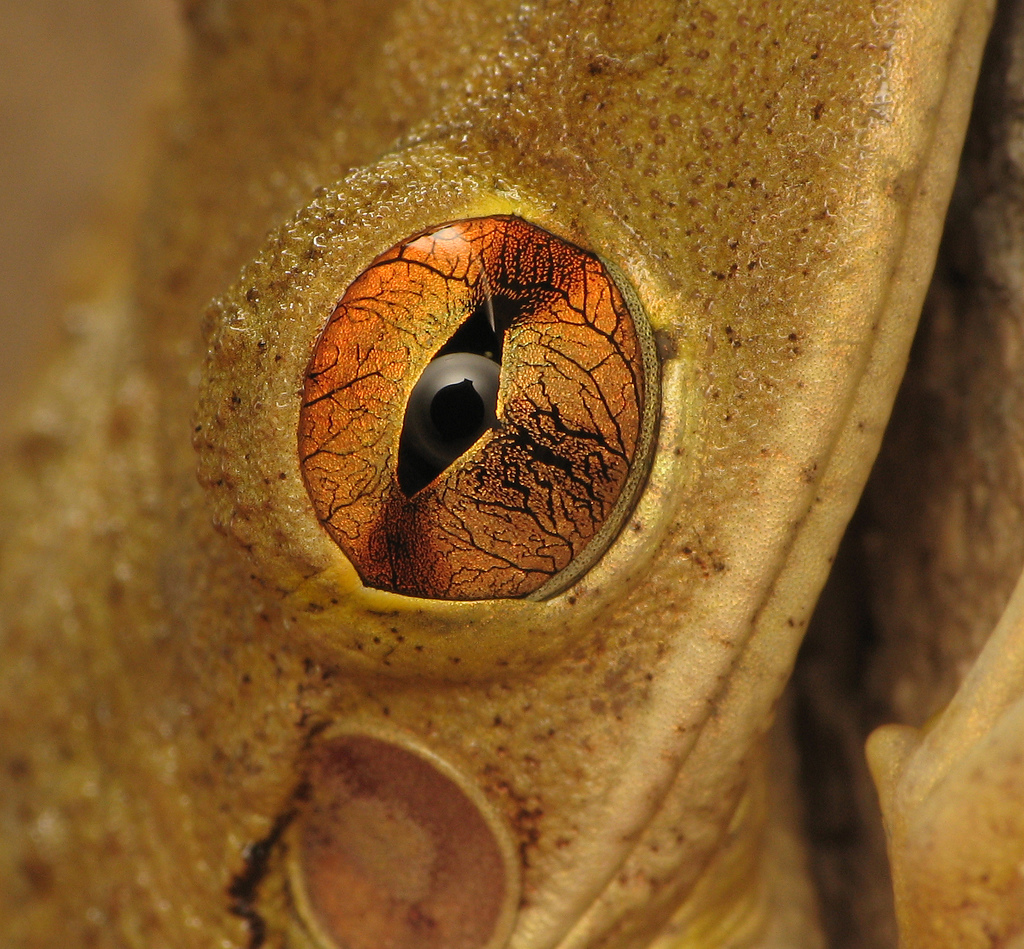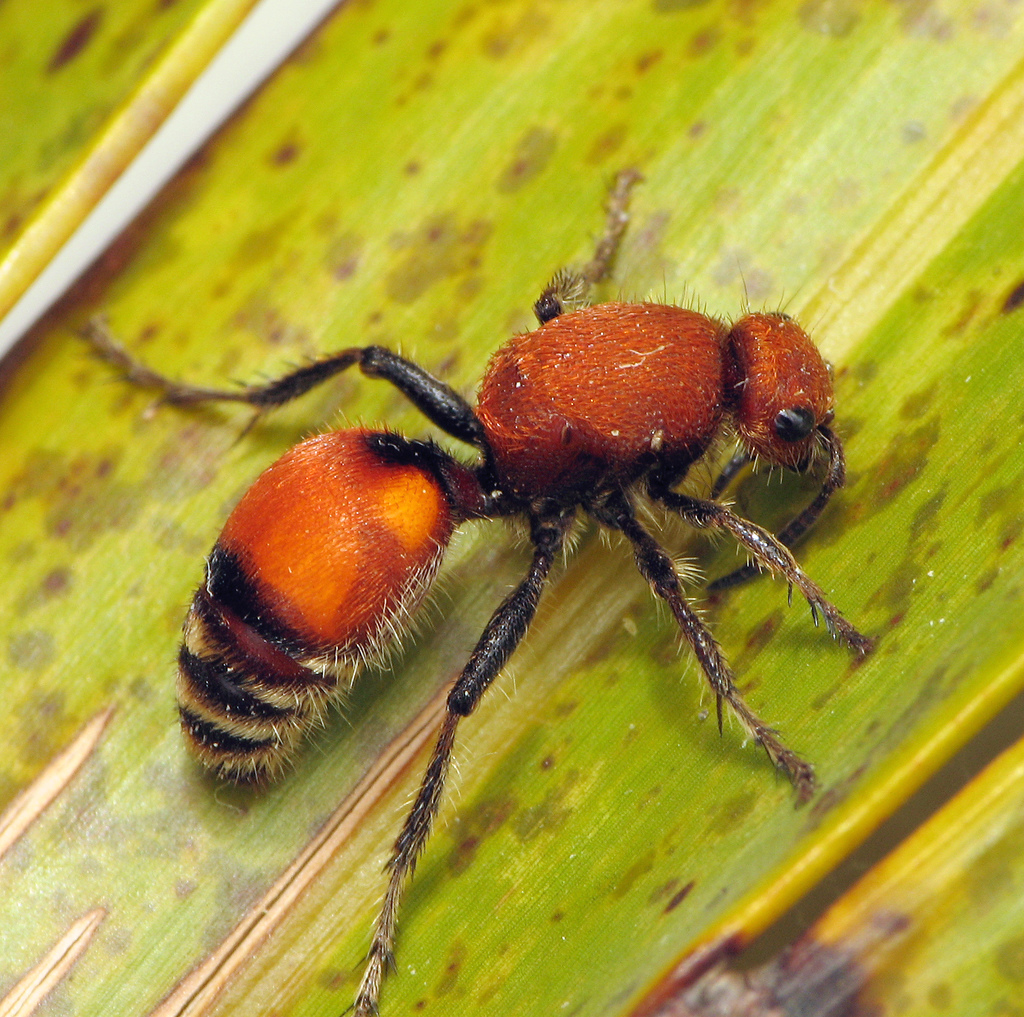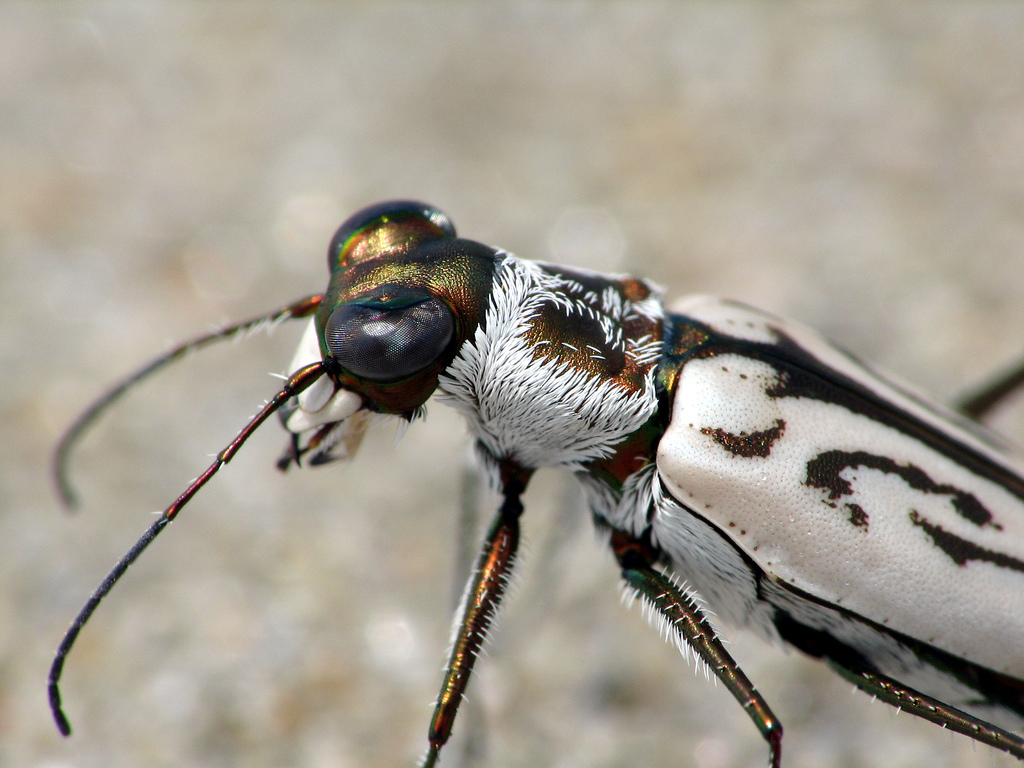
Nabid at Burnaby Lake Park
the subject was illuminated with the cheapskate diffuser
Hi, and welcome to Cheapskate Tuesday! Here I will try to convey how I mess up my photos by cheaping out I save money by applying a DIY ethic to photography projects. I plan to explain as many of my tricks as I can, and then will scour around teh internets for cool looking budget-minded photo mods and tricks.
This week, another version the ever popular macro flash diffuser…There are endless varieties, but the whole purpose of them is to enlarge the size of the (small) light source relative to your (probably small) subject, improving the quality of light by filling in shadows and reducing specular highlights.
I will admit, this idea is not wholly my own. When I read this post by Piotr Naskrecki (one of the greatest close-up shooters around) and he mentioned using file folders to diffuse speedlights, I immediately went out to the dollar store to find some…I am not sure if I found the same ones, but here is what I riffed off of that:
This badboy you can build for roughly two dollars. So say you have your flash, and since you are budget minded it is a beat up Yongnuo 460-II (35 bucks used, baby)…

First things first…You have velcro around the flash head, right? If not, put some there… This will be important later. I like to use the soft side, because sometimes I cuddle up with my speedlights.
Next, you need to get a file folder such as this:

Look for yours at a dollar store, or budget office supply store. The key feature of this is that it has a white plastic interior…It is almost the thickness of paper, but it is a nice tough white plastic… I have no idea what the composition is, but the stuff is tough! It supposedly is imported by DTSC Imports in Burnaby BC, and made in China.
Next, tear away all the pink and transparent plastic, leaving two beautiful sheets of white plastic:

Next, fold one of the white sheets so that the two shorter sides meet midway…Give it a good crease.
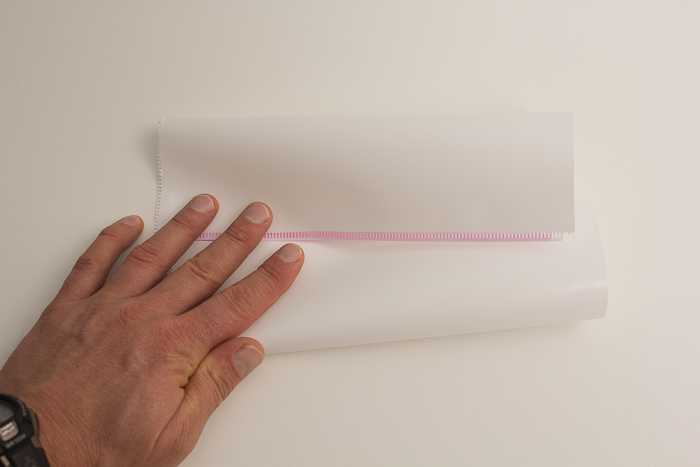
Next, cut two flash-head-sized pieces of self adhesive velcro (the hook side this time!)

Stick those about where you might expect them to go:

And voilà!

Stick it to your flash head:

Make a few, throw em in your bag, and there you go.
I like this modifier in particular because it stores as flat as a sheet of paper. The plastic is so tough, you don’t have to worry about it tearing, and it won’t get dirty like fabric-covered softboxes. Also it costs 50 cents….
I made extensive use of this simple mod on my recent field excursion to French Guiana, and appreciated the simple stowing and quick deployment this device offered. Here are some examples of what it can do:

Hoppers in front of the shower? No problem!
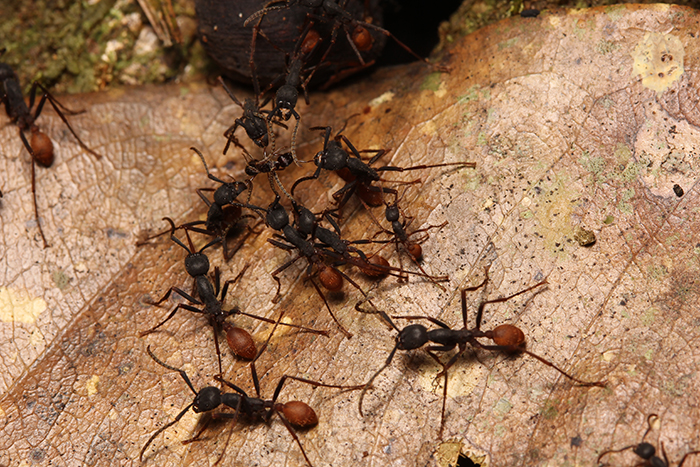
This ant is in a world of hurt

It works on Rhinella maragritifera (crapaud feuille) as well.

Try these diffusers on crickets!
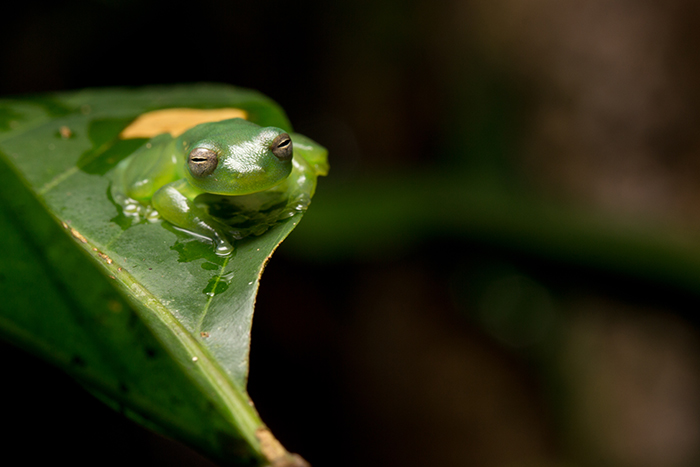
This glass frog was a little challenging…
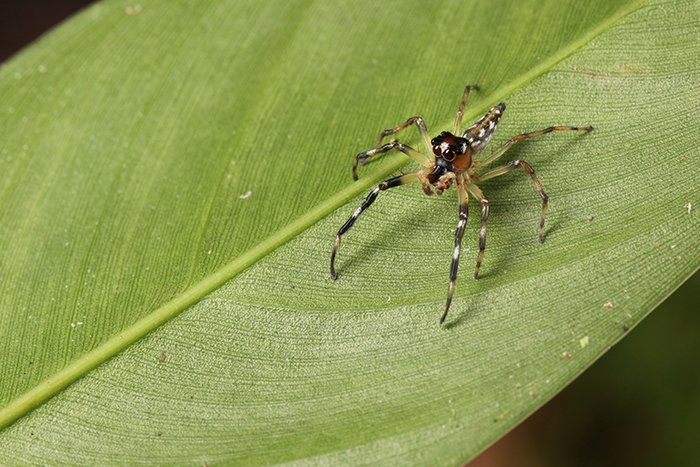
Jumping spiders are a good way to test any flash diffuser!
Note: you could probably use the pink translucent stuff to gel your flash for some really weird looks, or perhaps for other arts ‘n’ crafts. The transparent stuff might make a good humidifying cover for an insect cage, or whatever else you might use transparent plastic for. Good luck and good shooting!

